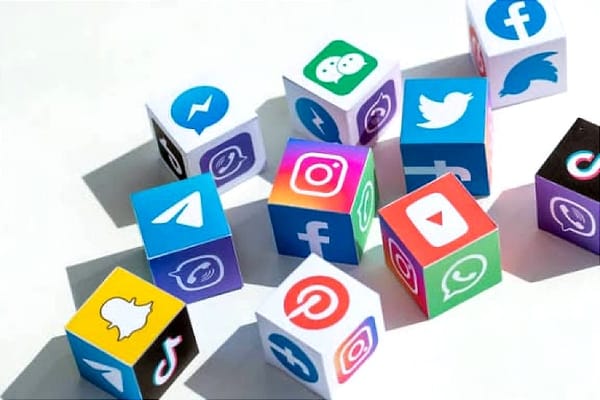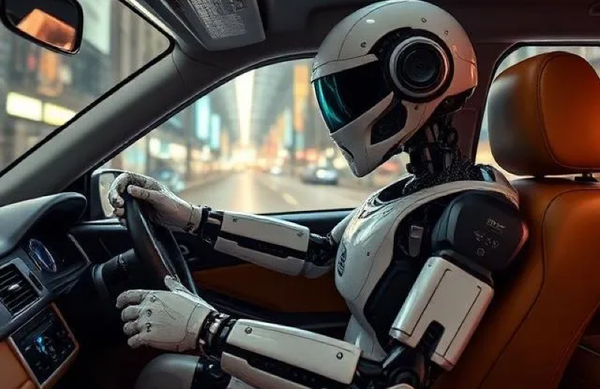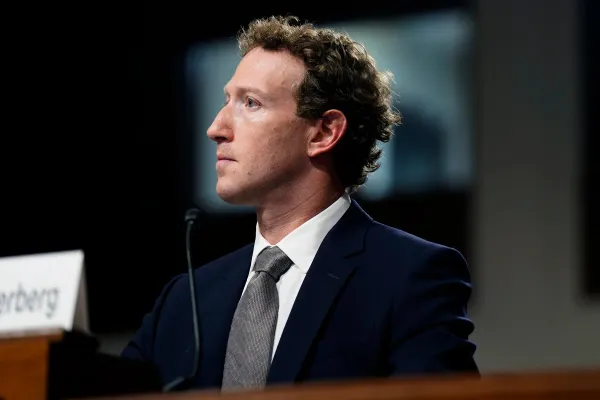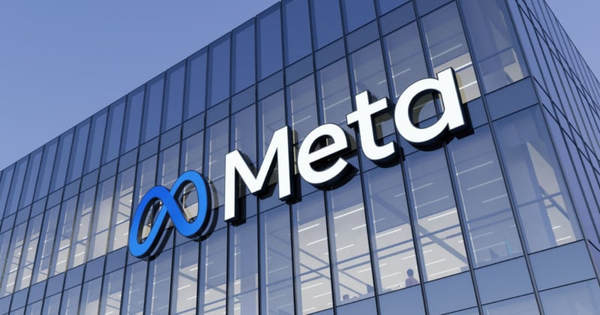How Marc Andreessen and I (and you) created the web

I've never met Marc Andreessen, although at one time in the distant past we were Twitter friends — I enjoyed the long threads he used to do, and I wrote about a few of them at Gigaom in a previous lifetime (including one about how newspapers should "burn the boats" by getting rid of their print operations). I recall thanking him a number of years ago on the anniversary of the creation of Mosaic, the first graphical web browser, something I also wrote about recently at The Torment Nexus. And I've been thinking a lot lately (as I'm sure many other people are) about the future of the open web — something I also wrote about in another recent Torment Nexus newsletter. So it was interesting to come across an interview that Andreessen did with his a16z co-founder Ben Horowitz, in which he talked about his life before the web, and how he came to work at the National Center for Supercomputing Applications in Illinois, which started him on the path towards eventually becoming a billionaire venture capitalist.
I'm aware that being a billionaire — especially a tech billionaire — is somewhat problematic in this day and age, for a variety of reasons, and I know that some people think Marc is an bad person for other reasons. I don't really have much to say about any of that, except to say that I don't think being wealthy is inherently bad (although many wealthy people seem determined to prove me wrong), and I have no idea whether he is using his money for good or evil, or some combination of the two. All I know is that his invention of a graphical web browser (and subsequent iterations of it, like Netscape) changed my life, as it changed millions or possibly billions of other people's lives around the world. So it was interesting to me to hear about how it came about, and along the way it reinforced one of my mottos, which is a variation on "better to be lucky than smart." My version is: "it's better to have good timing than be smart, but if possible, do both."
Andreessen was clearly a good programmer, but he also happened to be in exactly the right place at the right time, and he hitched his wagon to an unassuming rock that would become a hurtling meteor, namely the internet and Tim Berners-Lee's invention of hyperlinking and the web. This is reinforced throughout his discussion with Ben. As both note, he was a farm kid from the boonies in Wisconsin, more familiar with tractors than programming. But he was interested in computers and wound up at the University of Champaign-Urbana in Illinois and got a job at the NCSA, where they had some of the best computers — and the best internet connectivity — in the world. So there's young Marc, using a Unix workstation that cost $50,000 in 1992 dollars (equivalent to about $115,000 now), with a fat internet connection from the NSFnet, which he gives credit to former vice-president Al Gore for helping to create.
To make a long story short, Andreessen was living in the future — which, as author William Gibson has noted, is here but is unevenly distributed. So whereas Tim Berners-Lee created a web browser that was primarily text-based, since most people did not have computers or connections that could handle imagery, Marc and his team thought: "What if we created a new internet browser and just assumed that everyone has — or will have — fast computers with graphics cards and a fast connection to the internet?"

Note: In case you are a first-time reader, or you forgot that you signed up for this newsletter, this is The Torment Nexus. You can find out more about me and this newsletter in this post. This newsletter survives solely on your contributions, so please sign up for a paying subscription or visit my Patreon, which you can find here. I also publish a daily email newsletter of odd or interesting links called When The Going Gets Weird, which is here.
A future that might not have happened
This seems like a fairly simple thing — smart people imagine a future and then design something for that future — but it is a lot harder than you might think, and there are a number of examples of when it has gone hilariously wrong, even when smart people and a lot of money are involved. One of my favourites is the case of Dean Kamen, a genius-level inventor who created a cheap insulin pump when he was 15, and has a host of other fascinating inventions, including a wheelchair that can stand up and go up and down stairs. In the late 1990s, Dean designed a device that he — and a number of other smart people, including Steve Jobs and Jeff Bezos — were convinced would revolutionize cities and the world as we knew it. Its code name was Ginger. And when it finally emerged, it was arguably one of the most disappointing gizmos in modern memory. I'm talking, of course, about the Segway, a device that is currently used only by geeky tour groups to sightsee around San Francisco and by mall cops in Hollywood movies.
In hindsight, it's tempting to conclude that the internet and the web were always destined to become what they eventually became. First — as Andreessen describes in his interview — there was the proto-internet, with universities and massive computer systems and tape drives and whatnot, and then there were the dial-up BBSes or bulletin board systems, and IRC and newsgroups, and then the web came along and then Mosaic and Netscape, and then Google and Amazon and here we are. But one of the interesting things that Marc's interview reminded me of is that at the time this progression was in no way obvious at all.
In the early days of the consumer web, it was popular to make fun of Microsoft for blowing the opportunity to embrace the internet early — Bill Gates famously sent out a memo in 1995 called "The Internet Tidal Wave" to try to rally the troops, because he correctly thought that HTML publishing might fundamentally change not just Microsoft's business but the entire computer and tech industries. One of my favourite parts of the memo is where Gates says to his fellow senior executives that "amazingly, it is easier to find information on the Web than it is to find information on the Microsoft Corporate Network" and marvels at how "this inversion, where a public network solves a problem better than a private network, is quite stunning." It seems quaint now, but the idea that people could somehow come together using open tools and create value in that way — without any obvious reward — was just not a mainstream idea at all.
At the time, some saw the Gates memo as overly fear-mongering about a nerdy tool that only geeks were using, but as we know now, it massively understated the extent to which the internet and the web would change business and society as a whole (even though it failed to control the emerging internet, Microsoft managed to pivot and is now worth many times what it was then). As Roy Amara of the Institute For The Future once said, people — even smart people — tend to overestimate the rate of technological change in the short term, and underestimate it over the longer term. But it's important to remember that virtually no one in the mainstream technology field thought the internet would amount to a hill of beans back then, nor were they trying to design products to make it easier to use. That's why it took a couple of twentysomething programmers.
"All the way up until like 1994, the overwhelming expectation was that the internet would never be a business, and so it was very much not viewed as a commercial opportunity," Andreessen recalls. "Up until 1994, zero percent of the big tech companies of that era took the internet seriously." Why? In part because it was seen as the province of nerdy scientists and other geeks, but also because the big tech corporations of the day were focused on a completely different vision — a system controlled end-to-end by big telecom and cable companies, pumping their entertainment content down their proprietary pipes into people's homes, and offering features like a virtual shopping mall. In other words, a completely closed system where they could control all of the inputs and the connections and give people the illusion of choice through an interactive menu.
The future is up to us
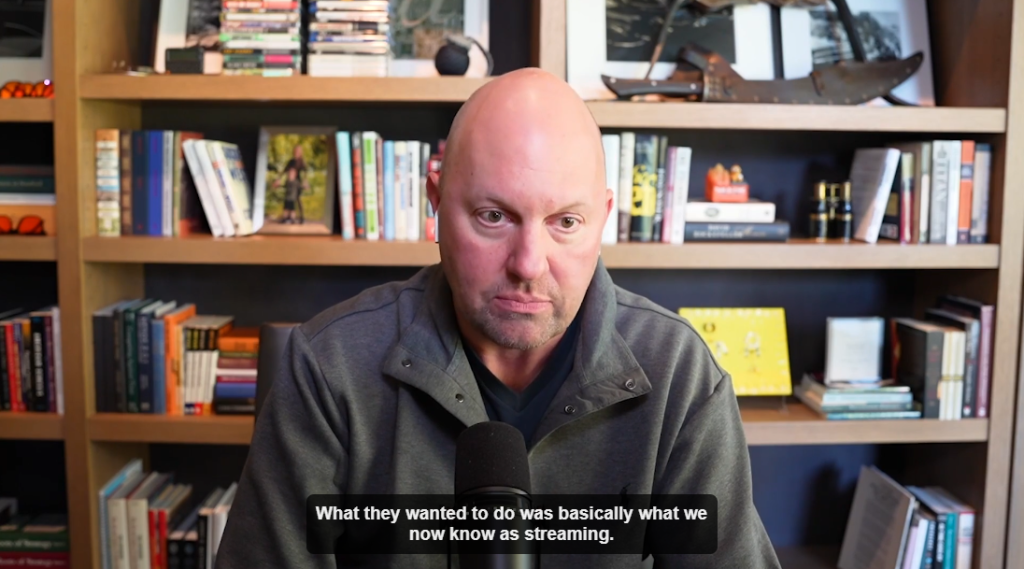
Marc describes one early experiment where a neighbourhood was wired up to this new network, which was designed to look to the user like a state-of-the-art interactive digital content network, but behind the scenes it was powered by a bank of VCRs, with one for each house. According to Andreessen, every time a user in one of the houses clicked on a button or a menu item and asked for a movie, a guy on roller skates had to skate over to a shelf of movies and grab the right cassette and then skate back and try to get it into the right VCR machine as fast as possible. LOL. That's kind of a ridiculous example, obviously, but the point is that telcos and cable companies — and to a large extent the government as well — were bent on creating a kind of shopping mall approach to digital networking, where ordering pizzas and watching movies was the main point. And of course we have wound up there anyway, but via a very circuitous route.
Just to follow on from that point, some might argue that since we all have telco or cable internet accounts, and our browser is controlled by a mega-corporation — which also controls a big chunk of online advertising — all of the intervening stuff like BBSes and newsgroups and IRC and blogs and Twitter and so on was kind of irrelevant, since we wound up with what the interactive superhighway bigwigs had in mind anyway. Is there in any real sense an "open web" in the way that Tim Berners-Lee and Andreessen imagined it, or the way it existed in the early 1990s and early 2000s? I asked the question about the influence of artificial intelligence in a recent Torment Nexus, but in a way the issue is much larger than just AI. Are we at the mercy of the big tech companies and their vision of what the web is supposed to be and how it's supposed to work?
I realize that a lot of people probably see Andreessen and a16z as part of the problem now, rather than the solution, but for me the story that Marc tells in his interview makes an important point, namely that even the most carefully planned movements launched by large tech corporations and governments can be rendered obsolete — and ultimately even laughable — by a couple of guys with computers working away in a lab somewhere, on something that was a side project to what they were supposed to be doing. At the time, I'm sure lots of people thought the future of digital networks (if they thought about it at all) was already established and unmoveable: it was going to be based on proprietary cable and telco networks and there was nothing anyone could do about it.
Perhaps what Andreessen (and his co-developer Eric Bina, who did most of the coding for Mosaic and is now largely forgotten) did in the mid-1990s was destined to happen, or maybe Marc is right that they almost manifested the future in the sense that philosopher Nick Land has described it with the term "hyperstition" — willing an idea to happen just by setting up the right conditions for it to exist and then assuming that it will. Or, they created something they thought was worthwhile and lots of people agreed, and we all created and manifested that future together. The bottom line is that nothing is set in stone, even when it looks that way from all of the available angles. And as Clay Christensen said, the next big thing will always start out looking like a toy. What toys are there for people to play with now that might presage a new kind of future?
Got any thoughts or comments? Feel free to either leave them here, or post them on Substack or on my website, or you can also reach me on Twitter, Threads, BlueSky or Mastodon. And thanks for being a reader.
